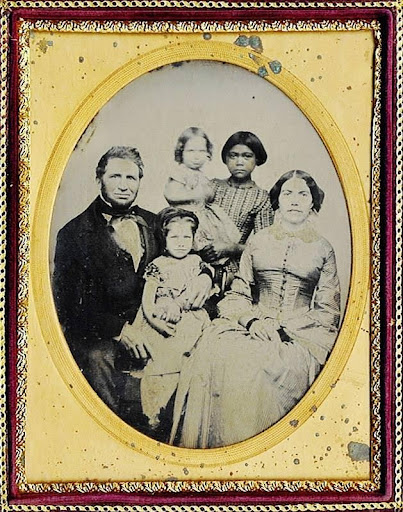Overview
California Policy: Training and Working Native Peoples

Author: Caitlin Keliiaa, PhD (Washoe, Paiute)
Lesson partner: Rebecca Lowry and Maggie Peters, Humboldt County Office of Education
Grades: 9-12
Suggested Amount of Time: 1-2 class sessions
Curriculum Themes
- History
- Law/Government
Learning Goals
Students will:
Evaluate early state policy (the 1850 Act…) on California Indian peoples
Read and examine primary source documents
Learn what the mid-19th century (a.k.a. the 1800s) was like for California Indians
Question whether California was indeed a “free” state
Lesson Overview
This unit reviews a brief history of the 1850 Act for the Government and Protection of Indians—a law that allowed for the legal enslavement of California Indian children and adult “vagrants.” Students will watch a short 13-minute film (optional), review a brief timeline of California history (orienting them to the American period) and read and analyze primary source excerpts of the 1850 Act with a discussion on the 1860 amendment. Post lecture discussion will ask students to ponder if California was indeed a “free state”. Lesson includes an optional worksheet and recommends additional resources including articles, a podcast episode and further homework activities.
Teacher Background
This lesson is a great addition to lessons on the Gold Rush; it describes how, at the time, California was a dangerous place for California Indian peoples. It also pairs well with lessons on the granting of statehood and how this new U.S. state differed from the Spanish and Mexican periods. Students will examine the time period of the Mid 19th Century, 1850 with some attention to the Spanish and Mexican periods.
Prior to this lesson, teachers will need to establish that Native American and California Indian communities exist in the United States and that many were affected by Indian labor policy. Teachers should not discuss Native American people in the past tense. This lesson is best taught in conjunction with lessons around the history of California in the mid 19th century including the Gold Rush, Statehood and pre-Civil War History. It can also be taught after lessons on the Spanish and Mexican periods of California. Alternatively, it can be taught with lessons that surround Ethnic Studies curriculum including conversations around enslavement, diversity, Native American issues and people of color.

